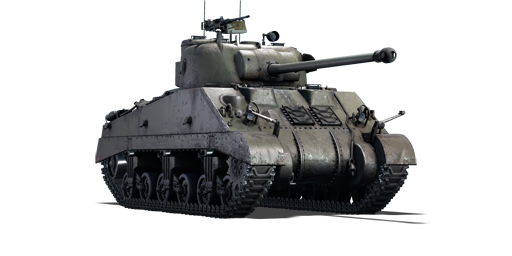The M4A4 Sherman VC Firefly is a heavily up-gunned modification of the fifth variant of the early-generation Medium Tank M4 (Sherman) family. The M4A4 Sherman VC Firefly was one of the few Allied tanks that the Germans learned to fear during World War II, from the hedgerows of Normandy, France, to the hills of Italy and the plains of the Netherlands. It was a clever, though risky, and improvised effort to try to keep up with the latest German tank innovations. It was one of the most powerful Allied adaptations of the war and undoubtedly one of the deadliest modifications of any M4 Sherman variants during World War II. Armed with the superb 76 mm Ordnance QF 17-pounder tank gun, this stopgap combination (before the arrival of the new generation of Allied tanks) was one of the most lethal tanks of its day, adding its weight to the Allied struggle to secure victory. After the challenge of fitting such a massive gun into the turret was addressed, the M4A4 Sherman VC Firefly went into production in early 1944, just in time to equip General Bernard Montgomery's 21st Army Group for the Normandy landings. It quickly proved valuable because its gun could nearly always penetrate the armour of the German tanks it faced in Normandy, which no other British tank could accomplish reliably. Before production halted in 1945, between 2,100 and 2,200 units had been manufactured.
Introduced in Update 1.55 "Royal Armour", the M4A4 Sherman VC Firefly serves a similar role as later-generation up-gunned M4 Sherman variants. This tank should provide flanking fire, long-range fire, or rapid and accurate fire to the target while friendly heavy tanks take the spearhead of the assault. The tank is as manoeuvrable as any other M4 Sherman variant; therefore, gathering up speed to flank the opponent is easy. Those who are familiar with other M4 Sherman variants will get used to this tank instantly. While this tank is capable of serving as the frontal spearhead for an assault, it is strongly advised against doing so due to the tank's low armour, which demands players always get the first shot off in each engagement; otherwise, the opponent would be able to swiftly eliminate the tank.















